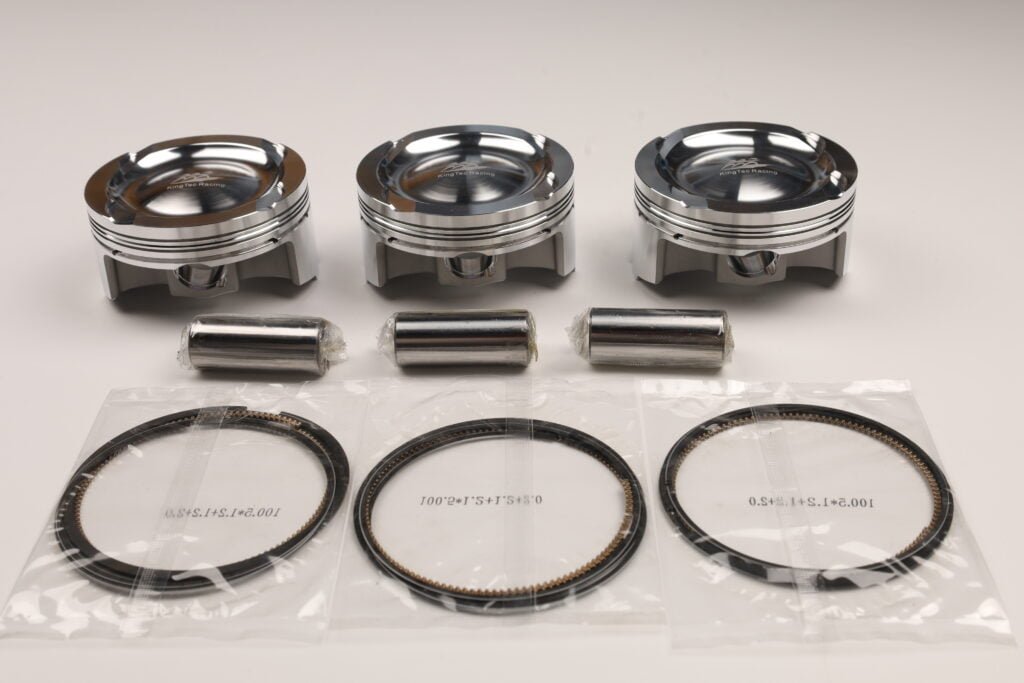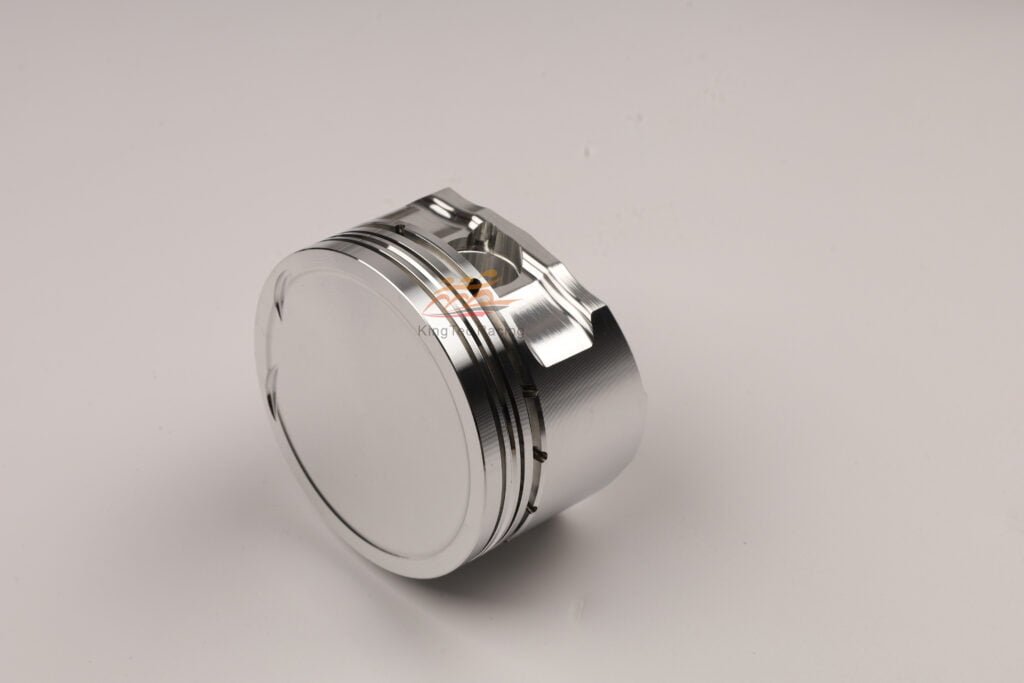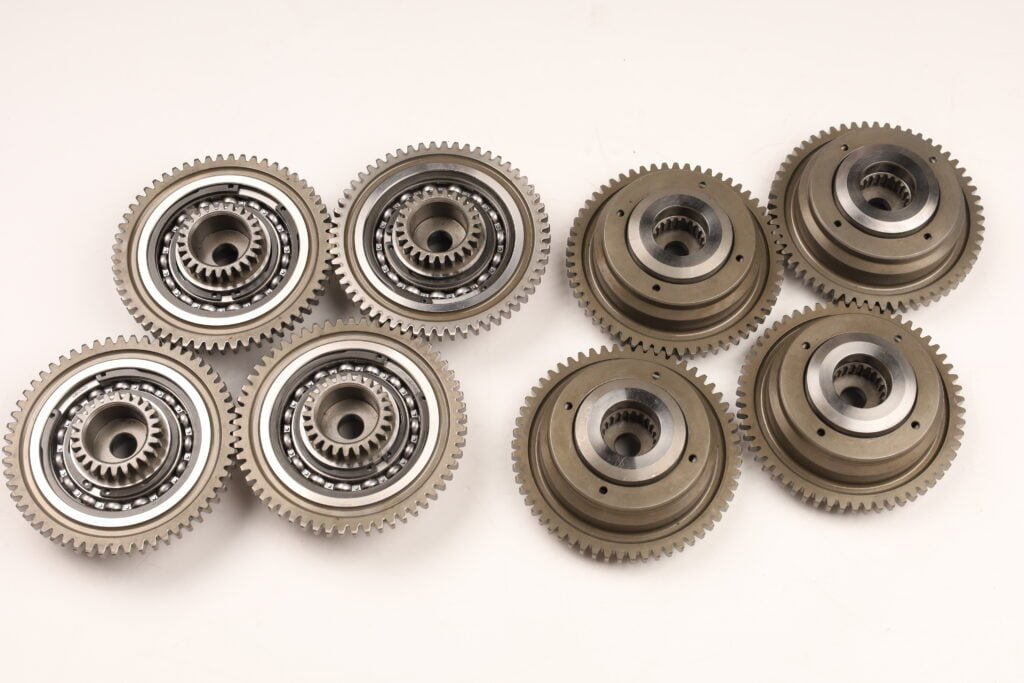When it comes to jet skis, enthusiasts and engineers often debate the importance of bore and stroke in determining engine performance. Understanding these concepts can help clarify which aspect—bore or stroke—contributes more to the power and overall performance of a jet ski.
Defining Bore and Stroke
Bore refers to the diameter of the jet ski engine’s cylinders. It represents the width of the cylinder through which the piston moves. Stroke, on the other hand, is the distance the piston travels up and down within the cylinder. Together, these measurements determine the engine’s displacement, a key factor in its power output.
Bore: Enhancing High RPM Power
In jet skis, a larger bore can have several benefits, particularly when it comes to high-speed performance. A larger bore increases the surface area of the piston head, which allows for bigger valves and better airflow. This improved airflow can enhance the engine’s ability to mix fuel and air, leading to more efficient combustion and higher power output at elevated RPMs.
Advantages of a Larger Bore:
- Higher RPM Potential: Larger bores can accommodate bigger valves, which improve airflow and enable the engine to breathe more efficiently at high RPMs. This is crucial for jet skis that need to achieve high speeds on the water.
- Improved Combustion: Better airflow results in more efficient combustion, translating to higher power output.
- Larger Valve Size: Bigger valves allow more fuel and air to enter the combustion chamber, resulting in increased power.
Disadvantages of a Larger Bore:
- Thermal Efficiency: Larger bores may reduce thermal efficiency due to increased surface area for heat loss, potentially leading to overheating issues in continuous high-speed operation.
- Weight and Friction: Bigger pistons and cylinders can increase the overall weight and internal friction, potentially impacting fuel efficiency.
Stroke: Maximizing Torque and Efficiency
Stroke affects the torque characteristics of a jet ski engine. A longer stroke increases the leverage on the crankshaft, enhancing low-end torque. This can be beneficial for jet skis that require strong acceleration and the ability to carry heavier loads without sacrificing performance.
Advantages of a Longer Stroke:
- Increased Torque: Longer strokes provide more leverage on the crankshaft, resulting in higher torque at lower RPMs. This is useful for quick acceleration and towing capabilities.
- Fuel Efficiency: Engines with a longer stroke often exhibit better fuel efficiency, especially at lower speeds.
- Smoother Power Delivery: The longer stroke can contribute to smoother and more linear power delivery, making the jet ski easier to control.
Disadvantages of a Longer Stroke:
- Lower RPM Limits: Engines with a longer stroke may not rev as high as those with a larger bore, potentially limiting their top speed.
- Increased Stress: The increased piston travel can place more stress on the engine components, leading to higher wear and tear over time.
Bore vs. Stroke: Which Is More Important for Jet Skis?
The significance of bore versus stroke in a jet ski engine largely depends on the desired performance characteristics.
For Peak Horsepower: A larger bore is typically more advantageous for achieving maximum horsepower. The ability to rev higher and accommodate larger valves allows for more efficient airflow and combustion at high RPMs, which is essential for jet skis aimed at high-speed performance.
For Torque and Acceleration: If the goal is to maximize torque and ensure strong acceleration, especially from a standstill, a longer stroke is generally more beneficial. The increased leverage on the crankshaft from a longer stroke translates into higher torque, making the jet ski more responsive and capable of handling heavier loads.
Balancing Bore and Stroke: Optimal Jet Ski Performance
Jet ski engine designers often strive to balance bore and stroke to achieve a combination of high power and robust torque. This balance ensures that the jet ski performs well across a range of conditions, from calm cruising to aggressive maneuvers.
- Square Engines: Engines where the bore and stroke are roughly equal offer a balance between high RPM power and low-end torque, making them versatile for various riding conditions.
- Oversquare Engines: Engines with a larger bore than stroke favor high RPM power and are suitable for jet skis that prioritize top speed and racing performance.
- Undersquare Engines: Engines with a longer stroke than bore prioritize torque and efficiency, ideal for jet skis designed for towing and carrying heavier loads.
Conclusion
In conclusion, whether bore or stroke makes more power in a jet ski engine depends on the intended use. Larger bores are advantageous for high-speed performance and peak horsepower, while longer strokes excel in providing torque and efficient power delivery at lower speeds. Balancing these dimensions can optimize a jet ski’s performance, ensuring it meets the diverse needs of riders.






